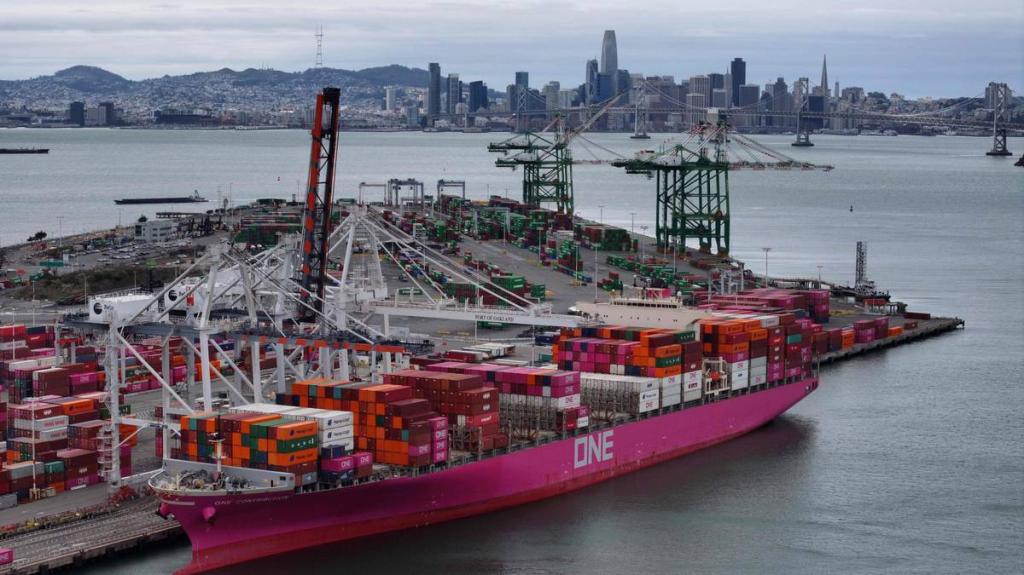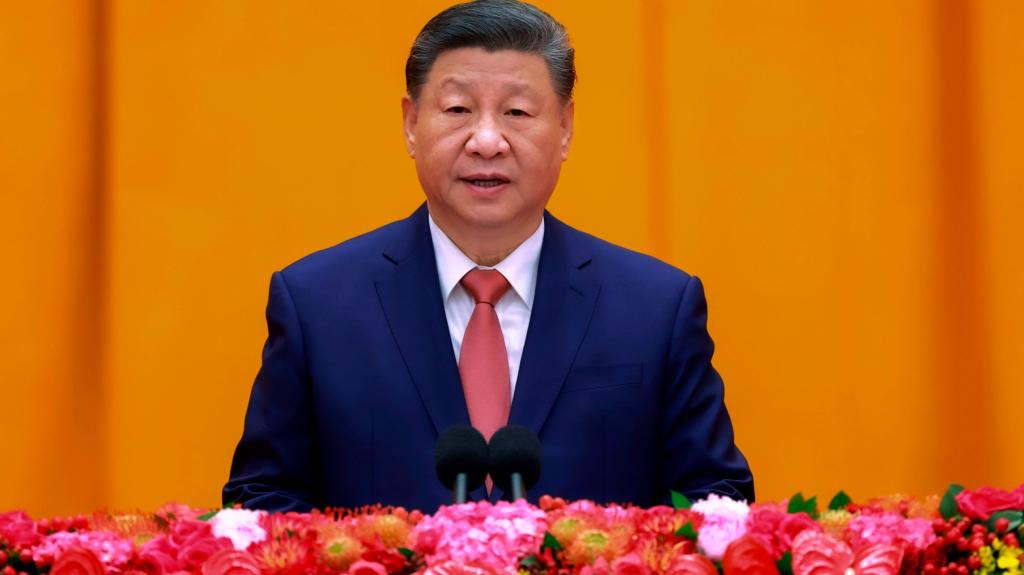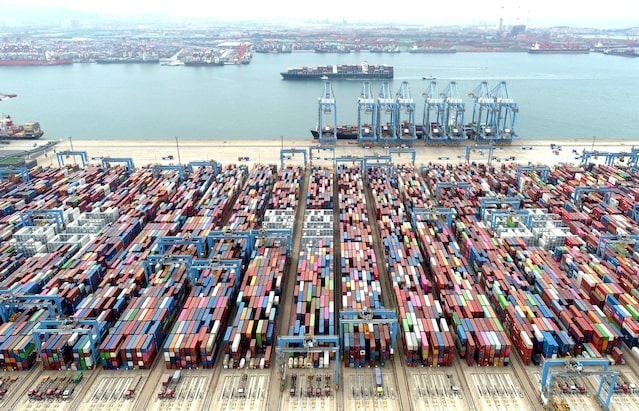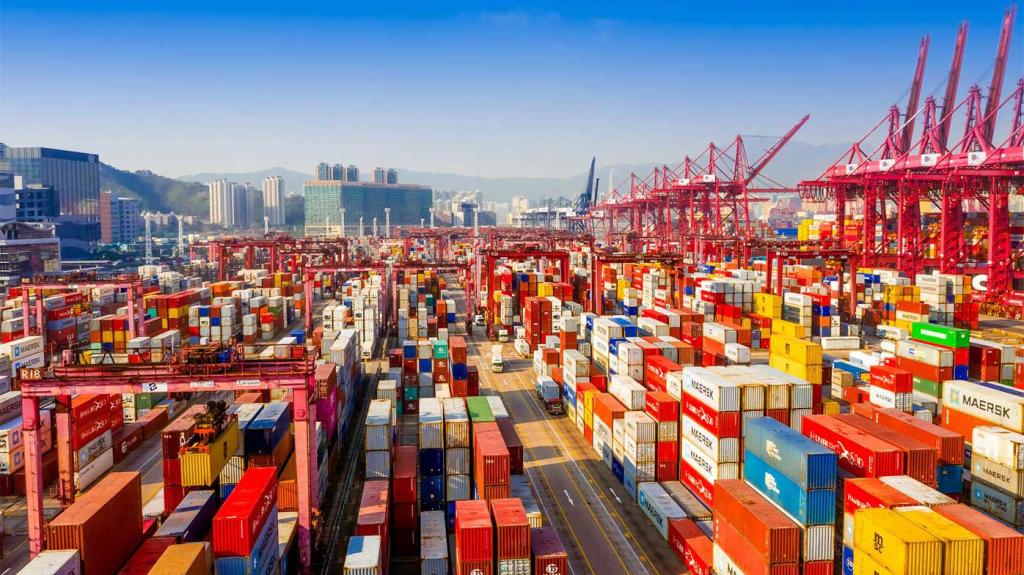Trade Tensions Rise as China and U.S. Impose New Tariffs
China and the U.S. escalate trade tensions with new tariffs, reshaping global trade dynamics and prompting urgent discussions for resolution.

Key Points
- China retaliates against U.S. tariffs by imposing new tariffs on crude oil, LNG, and agricultural machinery, escalating trade tensions.
- The trade deficit between the U.S. and China remains substantial, indicating ongoing economic friction and challenges for both nations.
- Open dialogue between leaders is crucial for resolving trade disputes and fostering a more balanced international trade environment.
In recent weeks, the economic relationship between China and the United States has seen a significant downturn as
announced new tariffs on Chinese imports. This decision has propelled a response from
, reigniting fears of a full-blown trade war akin to the one that marked Trump's first term. The stakes are high for both nations, as these tariffs could dramatically shift global supply chains and impact economies worldwide. This blog post will analyze the latest developments, the implications of these tariffs, and provide insights into what this means for the future of international trade.

The Tariff Details
On February 4th, President Trump implemented a blanket 10 percent tariff on a variety of Chinese goods. This move prompted an immediate retaliation from China’s Ministry of Commerce, which announced its own tariffs. Starting February 10, China will impose a 10 percent tariff on crude oil, agricultural machinery, and a staggering 15 percent tariff on liquefied natural gas (LNG) and coal imports from the U.S. These tariffs come on top of existing tariffs already affecting numerous products, painting a grim picture for both economies.

The Bigger Picture: Economic Impact
The economic implications of these tariffs cannot be overstated. In the past, similar measures have resulted in disrupted supply chains and higher consumer prices, which ultimately harm both consumers and businesses. According to data, the trade deficit between the two countries stood at a staggering $361 billion, indicating a deep economic divide. The tariffs could reduce this gap, but at what cost?

Furthermore, the immediate effects can be felt in multiple sectors of the economy. For instance, farmers who rely on exporting produce to China may face tariffs that could diminish their profit margins significantly. In previous tariff conflicts, many farmers were left stranded, leading to calls for government intervention. It's crucial to note that the recent tariffs set forth by both nations are not merely punitive measures—they fundamentally alter the landscape of global trade.
China's Response: A Broader Strategy
In addition to tariffs, China has taken steps to address U.S. companies operating within its borders. An antitrust investigation into
has been launched as a response to the ongoing economic frictions. This showcases a broader strategy by China to not only retaliate against U.S. policies but also to tighten control over foreign enterprises within its territory. Such actions hint at a possible escalation in economic hostilities, as each nation seeks to protect its interests in a tightening global market.

Looking Ahead: Potential Paths Forward
With an impending conversation between Trump and Chinese
, the focus shifts to potential negotiation pathways. Many analysts suggest that dialogue could be the only way to de-escalate the looming crisis and pave the way for a more stable economic relationship. While it may be tempting to increase tariffs further, a more collaborative approach might yield better long-term results for both countries, avoiding the pitfalls experienced during the last trade war.

The journey through these tumultuous trade waters is fraught with uncertainties, yet it also presents an opportunity for both nations to reassess and rectify their economic paths. Engaging in open conversations, rather than escalating tensions, could lead to beneficial resolutions that ultimately foster a more balanced trade environment.

The current state of affairs between China and the U.S. epitomizes the broader challenges facing globalization today. As nations reassess their trade strategies in light of domestic pressures, it remains crucial to remember that cooperation and open dialogue are fundamental to achieving lasting solutions. Only time will tell whether these tensions will result in a renewed commitment to fair trade or plunge both countries deeper into conflict.
